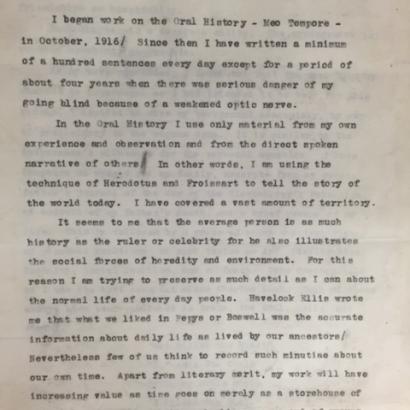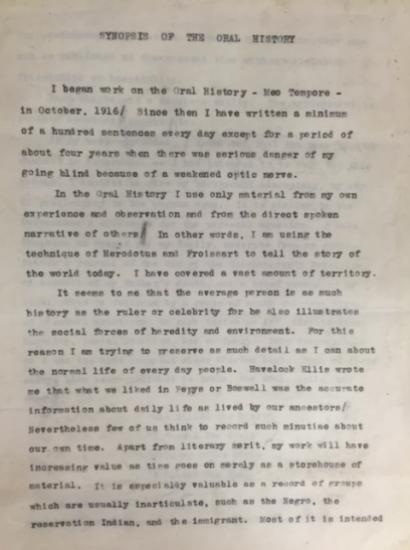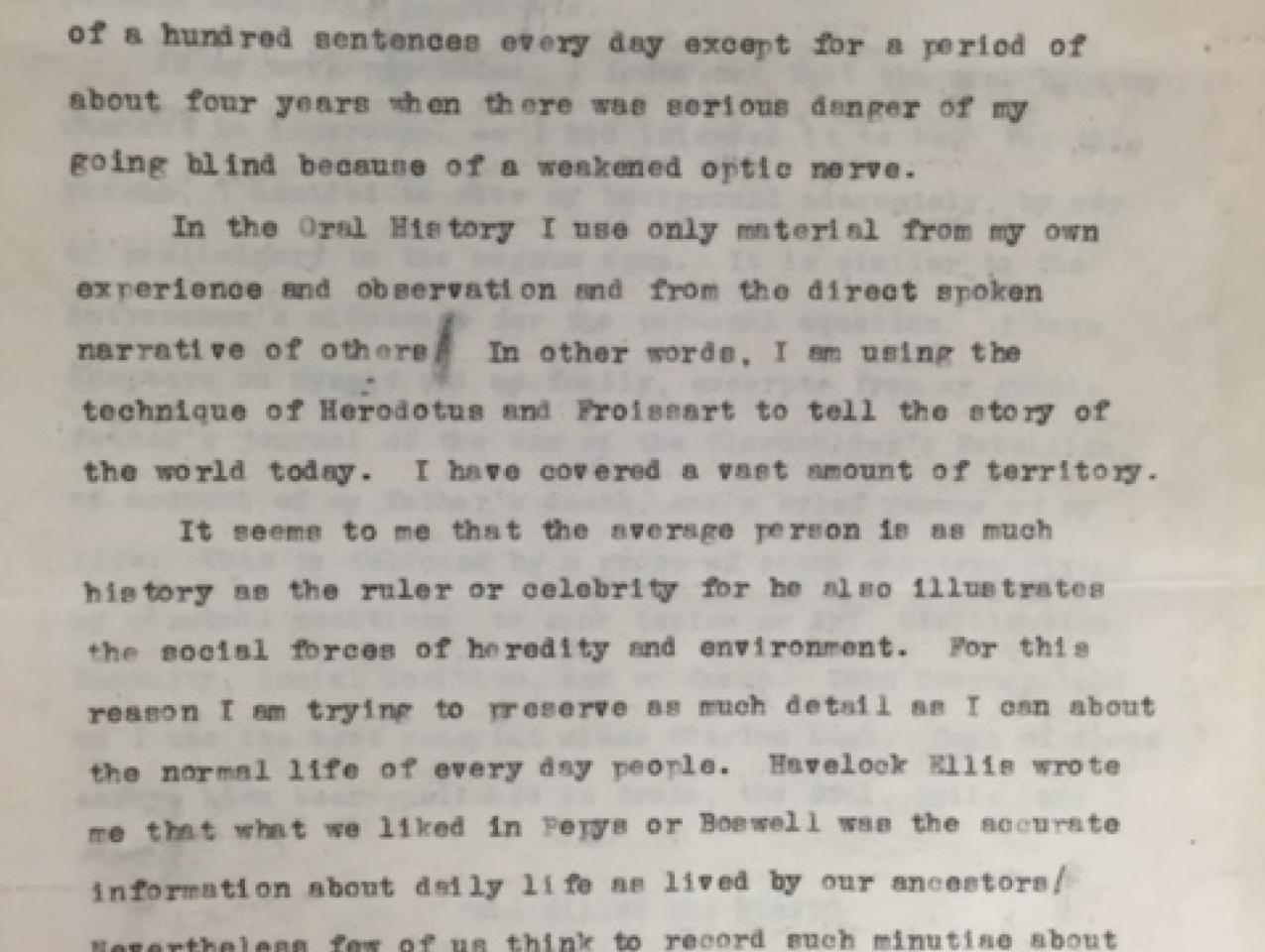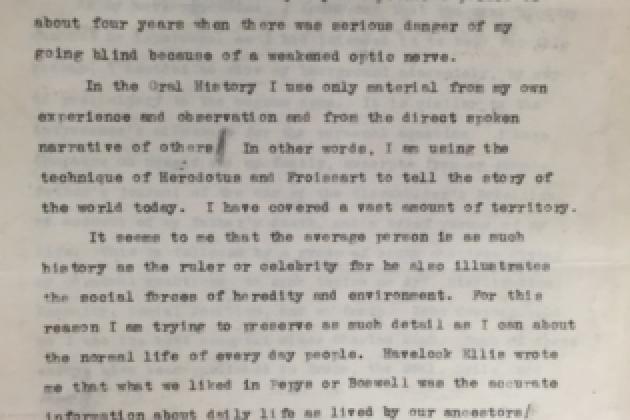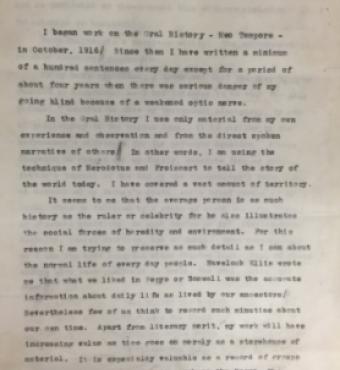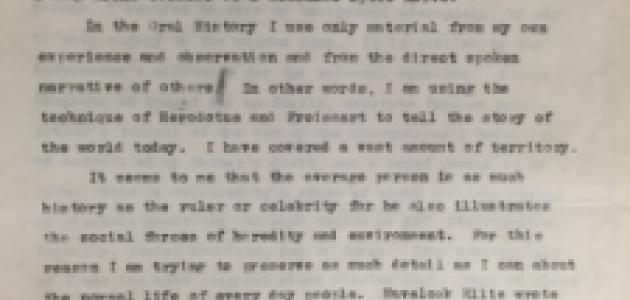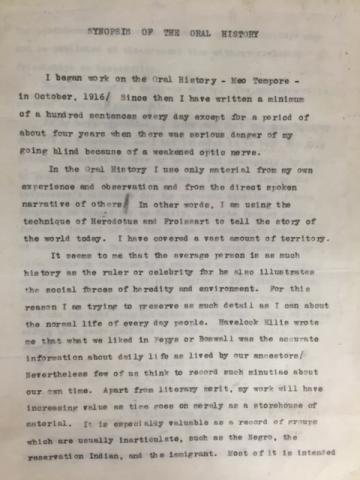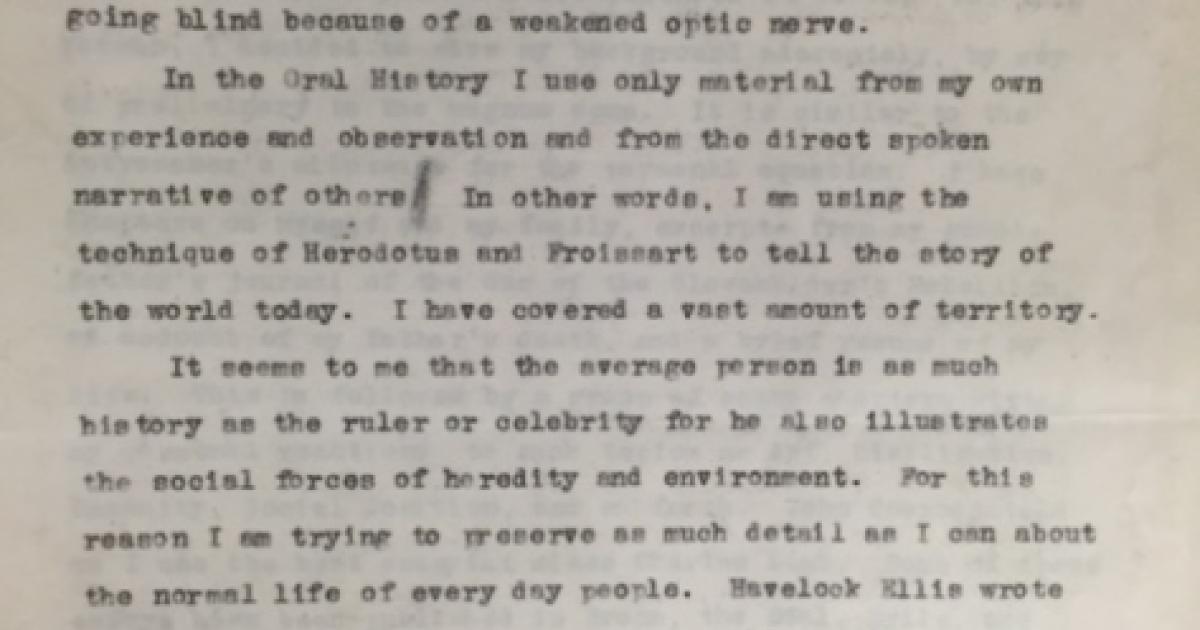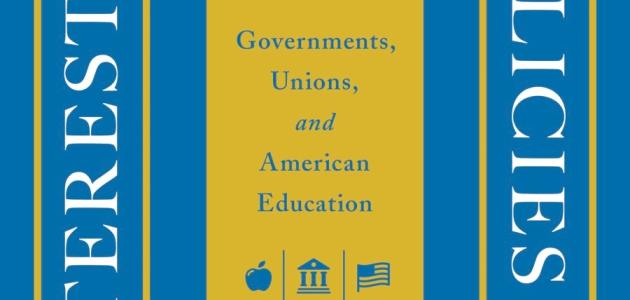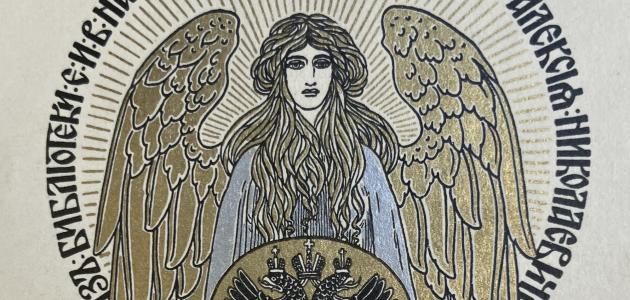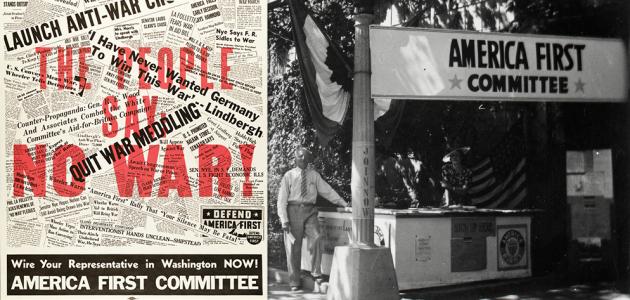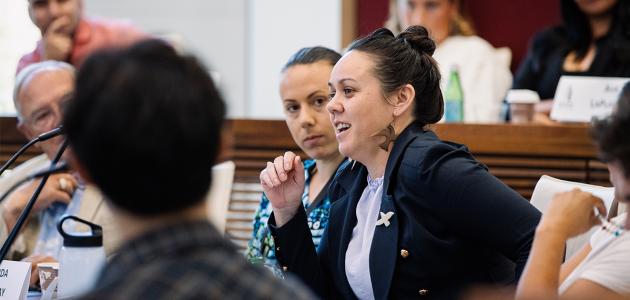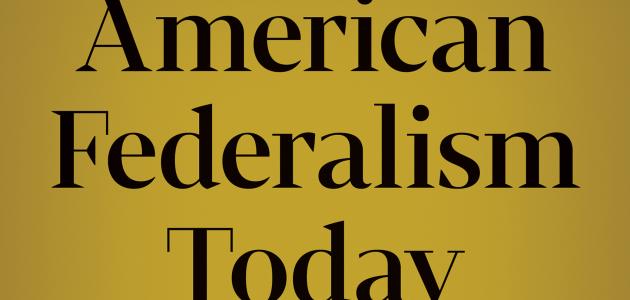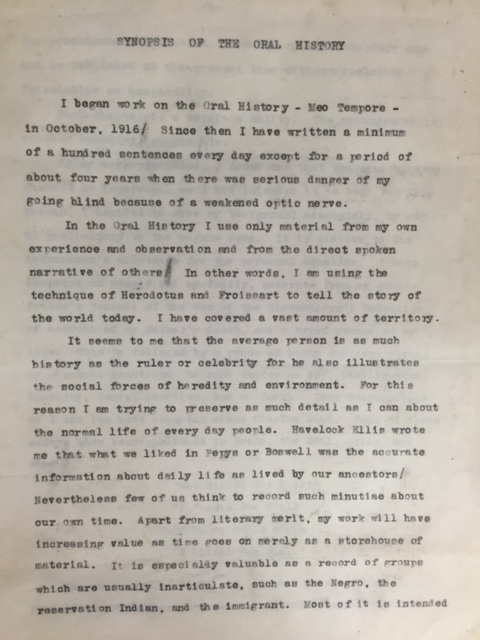
Was Joe Gould—the notorious oral historian of the bums and slums of New York’s 1930s Lower East Side—the most tragically overlooked writer of the early twentieth century, or was he a misunderstood madman? Harvard historian Jill Lepore’s most recent article in The New Yorker, entitled “Joe Gould’s Teeth,” explores the long and mysterious history of Gould’s life and his relationships to the literati of his day, including E.E. Cummings, Ezra Pound, and, most importantly, the journalist Joseph Mitchell, who first publicized Gould’s purported “Oral History of Our Time” manuscript in the pages of the New Yorker in 1942. Gould, a forerunner of the Neil Cassady-like outlaw popularized by the later Beat Generation, was a well-known figure in Greenwich Village bars and artists’ lofts of the 1930s-40s, and was touted to be writing an encyclopedic record of modern culture based on conversations he overheard in the street. Reconstructing Gould’s life through archives across the country, Lepore discovered that though Mitchell claimed in 1964 that the manuscript of the “Oral History” never actually existed, there is evidence that Gould did write a great deal of his mythologized magnum opus, though his writing may sadly have been the product of the intense psychological distress for which Gould was treated intermittently throughout his lifetime.
Lepore’s article features a rare typescript synopsis of the “Oral History” sent by Gould to Joseph Freeman, whose papers are housed at Hoover Library & Archives. Freeman, a Ukranian-born socialist who emigrated to the United States in 1904, was a magazine editor best known for his work associated with The New Masses and the founding of The Partisan Review. Well-connected in both the literary world and within the US Communist Party, Freeman knew and corresponded with notable writers and editors such as Pound and Malcolm Cowley. In 1932, Joe Gould wrote to Freeman to implore him to pledge support for the “Oral History Society,” which he claimed already included Countee Cullen, Cowley, Cummings, and Horace Gregory among its sponsors. To encourage Freeman’s endorsement—which he believed might bring him a Guggenheim Fellowship—Gould included an outline of the allegedly completed content of the “Oral History.” Comparing himself to Herodotus, Jean Froissart, Samuel Pepys, and James Boswell, Gould specified that he was writing a contemporary record dedicated to the common man rather than the powerful man, with special consideration for “groups which are usually inarticulate,” for example, African-Americans, Native Americans, and immigrants.
Only short segments of Gould’s sweeping history were published during Gould’s lifetime, and historians including Lepore have never been able to ascertain to what extent the manuscript described in the synopsis was completed. In the document held at Hoover, Gould claims that he had completed sections of the history on subjects as disparate as his upbringing, Canadian politics, Artic expeditions, Nobel Prize winners, Harlem street life, art, and the state of Maine. Though Lepore found scant archival evidence that these sections of the manuscript were actually written, she posits that it is possible that they were lost when Gould was institutionalized at the end of his life. In one of Gould’s few published works, an essay on the subject of insanity, he wrote: “I have a delusion of grandeur. I believe myself to be Joe Gould.” Immortalized in the works of such as artists as Cummings, Philip Levine, and William Burroughs, Joe Gould continues to be, even in the absence of concrete archival evidence, an iconic symbol of Modernist art.




